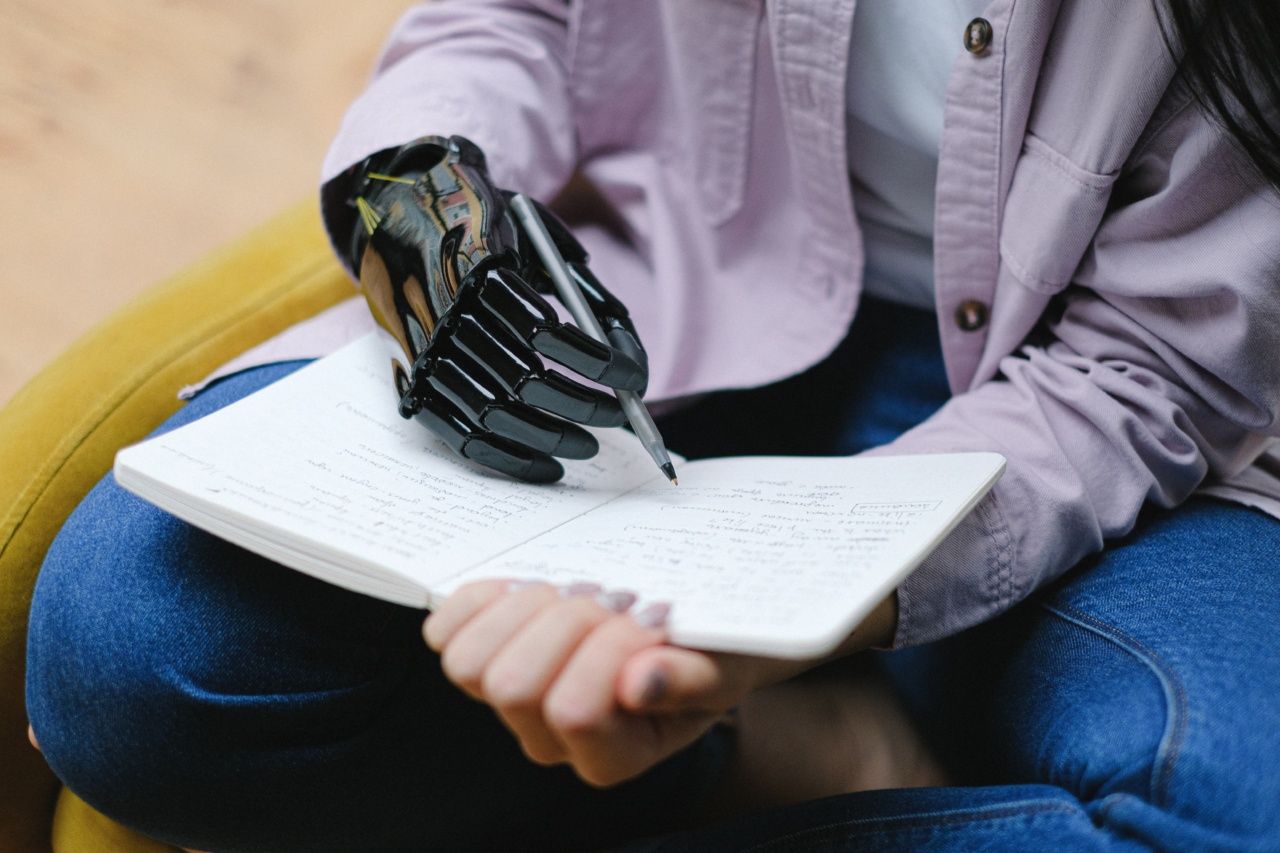Hypotension, also known as low blood pressure, is a medical condition characterized by abnormally low blood pressure in the arteries. Blood pressure is the force exerted by the blood as it circulates through the body’s blood vessels.
A normal blood pressure reading is typically around 120/80 mmHg.
The Causes of Hypotension
There are several underlying factors that can contribute to the development of hypotension. These causes can be categorized into three main types:.
1. Primary Hypotension
Primary hypotension, also known as essential or idiopathic hypotension, refers to low blood pressure without any identifiable cause. It is often seen in individuals with a family history of hypotension or other cardiovascular conditions.
Primary hypotension is usually diagnosed after ruling out other potential causes.
2. Secondary Hypotension
Secondary hypotension occurs as a result of an underlying medical condition or medication. Some common causes of secondary hypotension include:.
a) Dehydration
Insufficient water intake or excessive fluid loss from sweating, vomiting, or diarrhea can lead to dehydration, resulting in low blood volume and subsequently low blood pressure.
b) Medications
Certain medications such as diuretics, alpha blockers, beta blockers, and some antidepressants can cause hypotension as a side effect. These medications may interfere with the normal regulation of blood pressure.
c) Endocrine Disorders
Hypotension can be a symptom of various endocrine disorders, such as Addison’s disease, hypothyroidism, or low blood sugar (hypoglycemia). These conditions affect the hormonal balance and can impact blood pressure regulation.
d) Heart Conditions
Heart problems, including heart valve disorders, bradycardia (abnormally slow heart rate), or heart failure, can lead to low blood pressure.
These conditions may affect the heart’s ability to effectively pump blood, resulting in decreased blood pressure.
e) Neurological Disorders
Neurological disorders like Parkinson’s disease, multiple system atrophy, or autonomic neuropathy can disrupt the autonomic nervous system, which controls blood pressure regulation. As a result, hypotension may occur.
3. Orthostatic Hypotension
Orthostatic hypotension, also known as postural hypotension, occurs when there is a sudden drop in blood pressure upon standing up from a sitting or lying position. This type of hypotension is often associated with the following:.
a) Prolonged Bed Rest
Extended periods of bed rest can cause blood to pool in the legs, leading to decreased blood volume and subsequently low blood pressure.
b) Age
Orthostatic hypotension becomes more common with advancing age, as blood vessels become less flexible and may not constrict and pump blood efficiently.
c) Parkinson’s Disease
People with Parkinson’s disease frequently experience drops in blood pressure due to autonomic nervous system dysfunction.
Controlling Hypotension
The management and treatment of hypotension depend on the underlying cause. While some causes may require medical intervention, there are certain lifestyle changes and home remedies that can help control and prevent hypotension:.
1. Increase Fluid Intake
Dehydration is a common cause of low blood pressure. Ensure that you drink an adequate amount of water throughout the day to maintain proper hydration.
Avoid excessive consumption of diuretic beverages like alcohol and caffeinated drinks, as they can contribute to dehydration.
2. Avoid Prolonged Standing
If you frequently experience orthostatic hypotension, it is advisable to avoid standing up for prolonged periods. When transitioning from sitting or lying to a standing position, do so slowly and gradually.
This allows your body enough time to adjust and regulate blood flow.
3. Wear Compression Stockings
Compression stockings can help improve blood circulation and prevent blood from pooling in the legs, thus reducing the risk of orthostatic hypotension.
These specially designed stockings apply gentle pressure to the lower extremities, helping to maintain blood pressure.
4. Eat Small, Frequent Meals
Large meals can cause a sudden drop in blood pressure, particularly in those with postprandial hypotension. Instead, opt for smaller, more frequent meals throughout the day. This helps ensure that your blood pressure remains stable during digestion.
5. Limit Alcohol Consumption
Alcohol acts as a vasodilator, which means it relaxes blood vessels and can lead to a temporary drop in blood pressure. Limiting alcohol consumption or avoiding it altogether can help prevent hypotensive episodes.
6. Exercise Regularly
Regular exercise improves cardiovascular health and promotes blood vessel tone, which can help regulate blood pressure.
Engage in moderate-intensity aerobic exercises such as brisk walking, swimming, or cycling for at least 30 minutes most days of the week.
7. Avoid Hot Baths and Showers
Hot water can cause blood vessels to dilate and lead to a drop in blood pressure. To prevent hypotension, avoid prolonged exposure to hot baths or showers, especially if you already have low blood pressure.
8. Increase Salt Intake
Salt, when consumed in moderation, can help regulate blood pressure.
However, it is essential to consult with a healthcare professional before increasing salt intake, especially if you have pre-existing medical conditions like kidney problems or hypertension.
9. Raise the Head of Your Bed
If you experience symptoms of orthostatic hypotension during sleep, try elevating the head of your bed by a few inches. This can help prevent blood pooling in the lower extremities and minimize the drop in blood pressure when waking up.
10. Seek Medical Advice
If you consistently experience symptoms of hypotension, or if your low blood pressure is causing significant discomfort or interfering with daily activities, it is crucial to seek medical advice.
A healthcare professional will conduct a thorough evaluation and recommend appropriate treatment options based on the underlying cause.




























